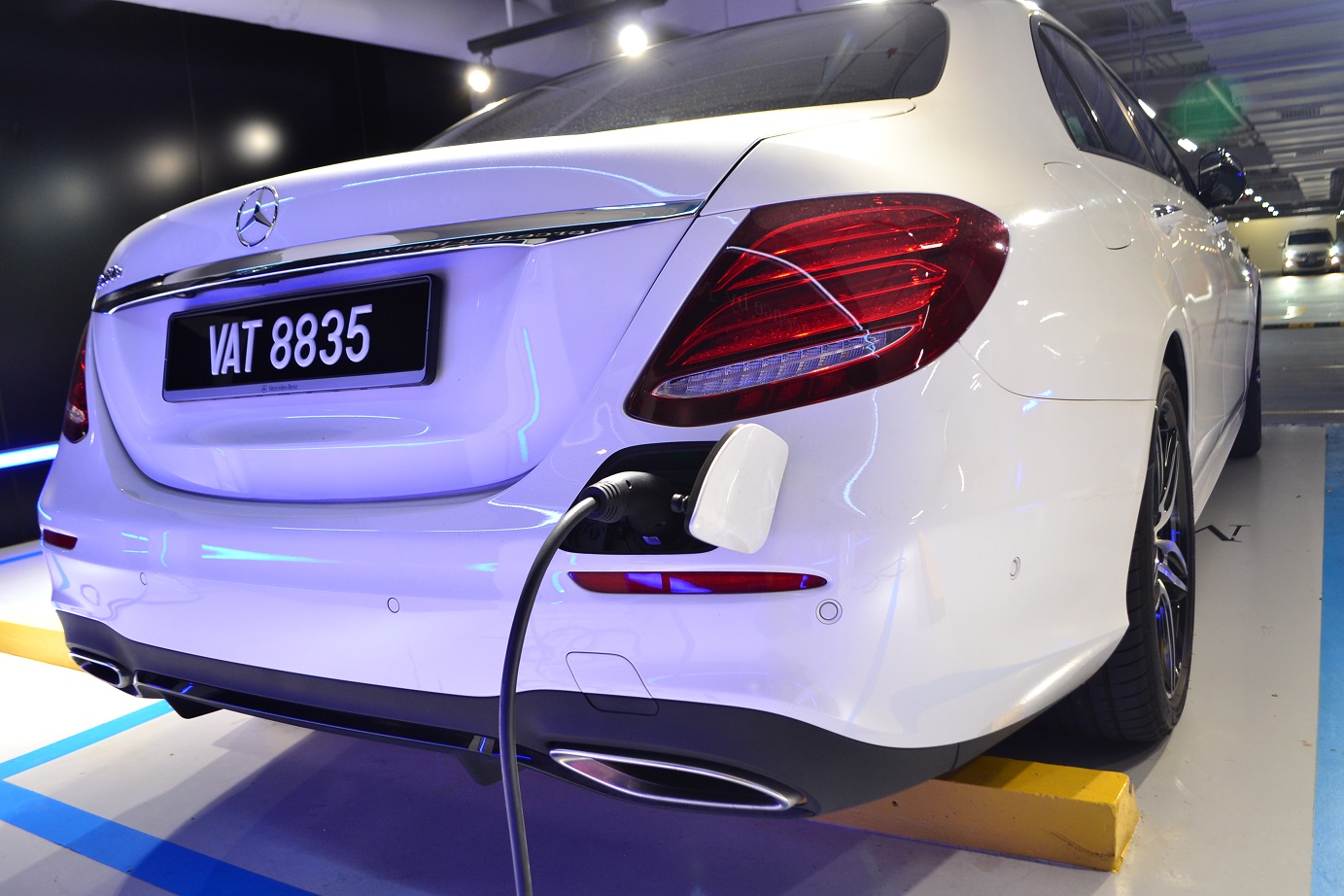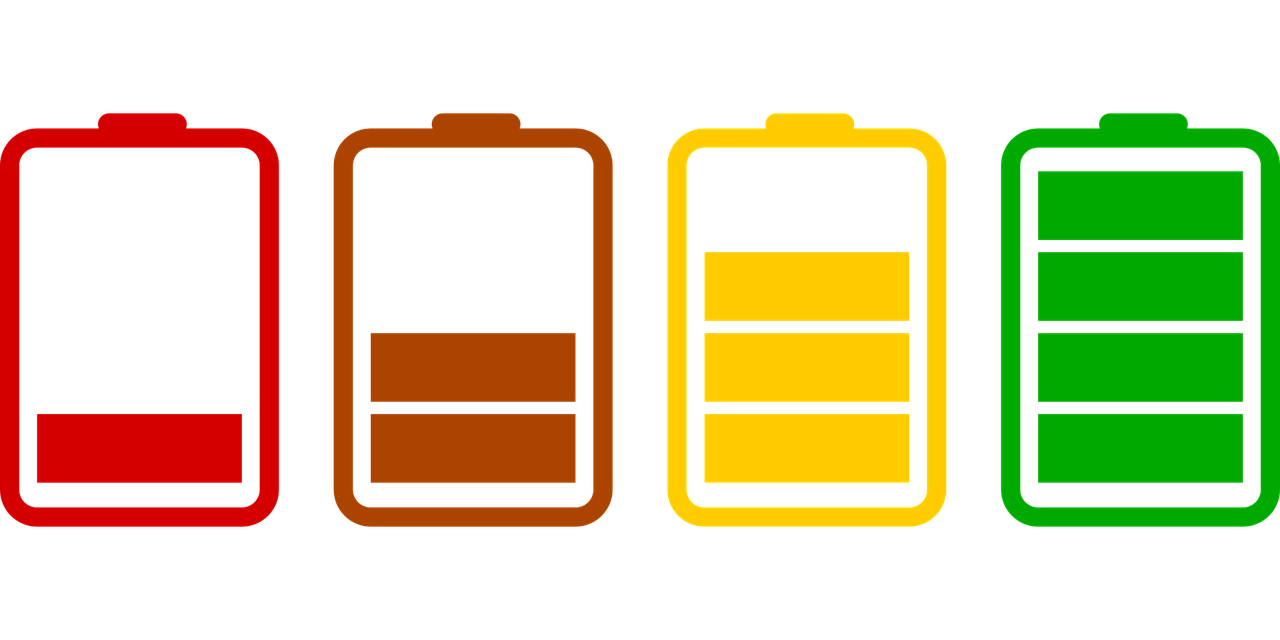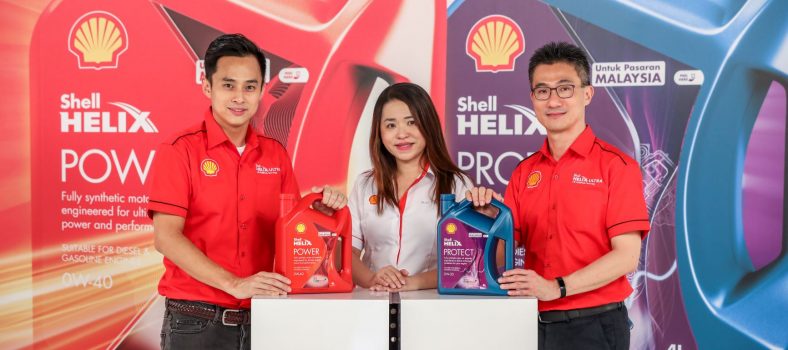
A sale is just the beginning; The real work of ensuring the customer is fully satisfied with our product now begins
The key to sustainability & being the front runner in the marketplace is After Sales
The reason why a lot of companies aren’t market leaders is because the bosses see after-sales as a cost center and does not generate as much income as sales. It’s not that after-sales is not profitable; they just need more time for better ROI. Therefore, these bosses put in place policies that are more favorable to the sales team & with the after-sales team being treated less importantly would behave correspondingly.

In a free market without monopoly, the leader sees every sale as a contract; as long as this individual continues to use his/her product, the company has an obligation to deliver – well, “the Best or Nothing”. Nothing is left to chance as every single aspect of the customer ownership experience is scrutinized and the best practices are curated for the pleasure of seeing customers leave with a contended smile. Today, we’ve even seen some brands offer Good Will warranty – not exactly a factory warranty per se but depending on the case, the principal may subsidize parts or the full expense of the replacement component as a sign of appreciation for a loyal customer who’ve always been going back to their authorized service centres.
But what many may not realize is that the contract works both ways.
In order to fulfill their obligations, the customer too must agree to certain conditions to make this partnership work. To ensure that the product continues to function as intended, only authorized personnel who’re properly trained to maintain the product is allowed to service said item. In the case of a vehicle, it’s logical that said vehicle must be returned to an authorized service centre to get the attention as stipulated in the service book. Secondly, no modifications can be done on the vehicle since no one can predict what effect these alternations bring.
These are the two basic things a customer should observe to preserve warranty and it makes perfect sense why it should be so.
The problem is when the customer have a different opinion concerning these two points & follows what “they” think is a reasonable course of action instead of following the terms laid clearly in the warranty booklet. Some do this unwittingly such as missing the periodic services thinking the target mileage for service has not been achieved while others deliberately takes his/her new car to his favorite mechanic outside for servicing from day 1.
And when certain expensive or rare component breaks down, the owner then comes back to the authorized SC ranting about how unfair that he/she needs to pay full price for the item.
It is usually at this stage that these customers would try to rile up the public in an attempt to force the principal to act in favor of him/her.
This has happened to me and from what I’ve heard, the viral Mercedes-Benz E300 Bluetec battery replacement quote shares a similar story. As we are unable to trace the estimate bill originator, we cannot conclusively confirm if the owner had, in some way or another done something in his/her 4 years of ownership to jeopardize the vehicle’s warranty & eliminated any possible good will subsidy the brand has to offer. But considering the E300 Bluetec was launched in Jan 2015 with deliveries possibly done a month or two later and the estimate quote was dated in mid February 2019, something must have happened to the warranty which should be intact. Heck, we cannot even be certain if this particular unit is an official import or a grey (parallel) one. All we have is a quote with no background or historical data on this car.
In the spirit of protecting its customer data, Mercedes-Benz Malaysia is unable to provide more details on this case but those of us in this line knows that not everything is as straightforward as we think.

Which brings me to the next point; ever since this fiasco started, there appears to be more trepidation concerning the purchase and use of PHEV cars. From what we’ve seen, most premium brand PHEV battery replacements costs within the region of RM30k to RM60k and it’s those non-plug in types (ie Audi A6 Hybrid, Mercedes-Benz S400h, E300 Bluetec) that costs significantly more to repair.
I echo what every motoring journalists is saying; buying a hybrid does NOT save you money in the long term. Whatever savings you gained from refueling less will be factored into battery replacements that ultimately costs a lot more than the fuel fee you managed to avoid. Some might complain that a PHEV compact luxury brand costs less than RM300k but the battery replacement cost takes up 20%-30% of the vehicle’s value. People forget that the RM300k-with-change is EEV tax exempted, which brings the selling price lower. If we pay for it without EEV incentives, we’re probably see a 10% (or less) part cost.
So recognize that ALL technology WILL fail – it’s just when. Save for it or don’t bother getting a hybrid.




No Comment